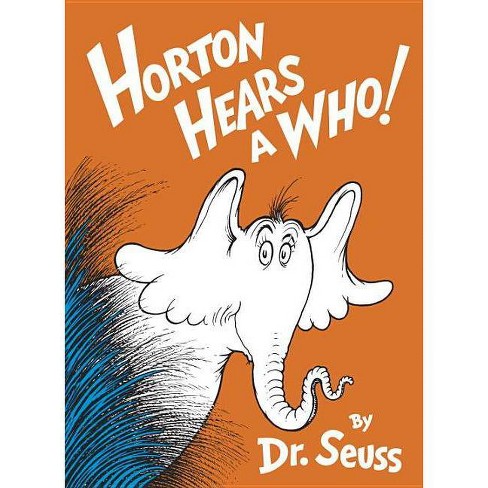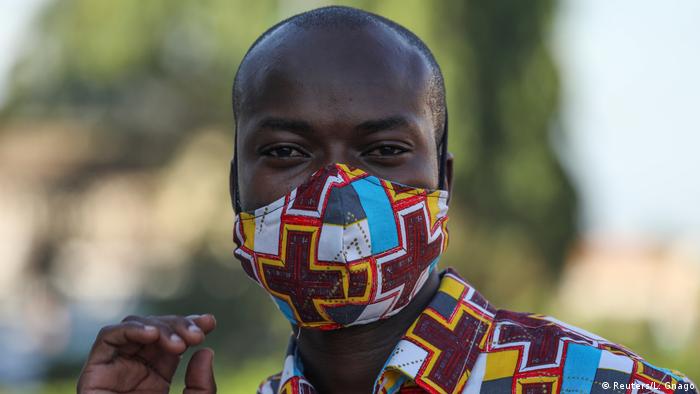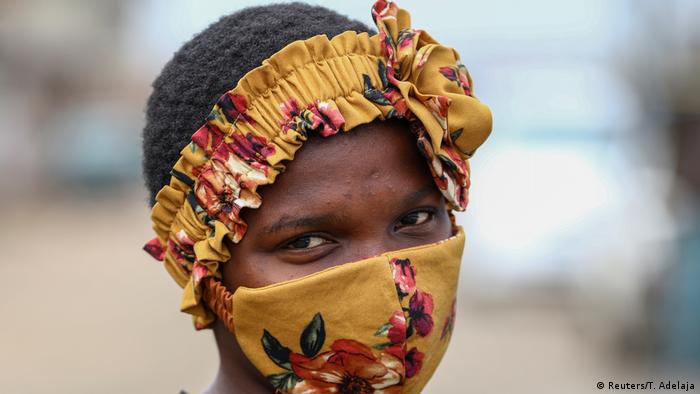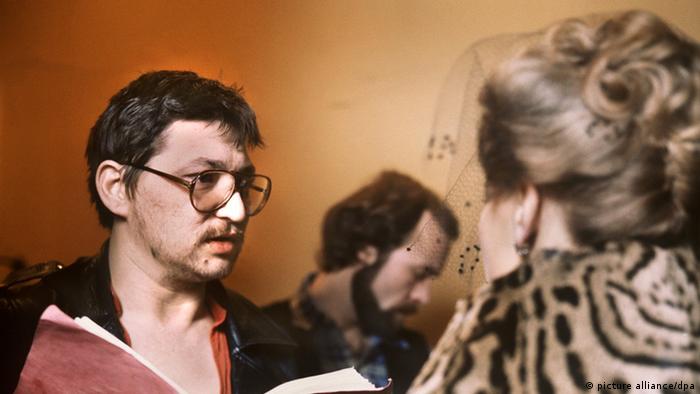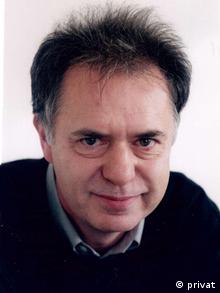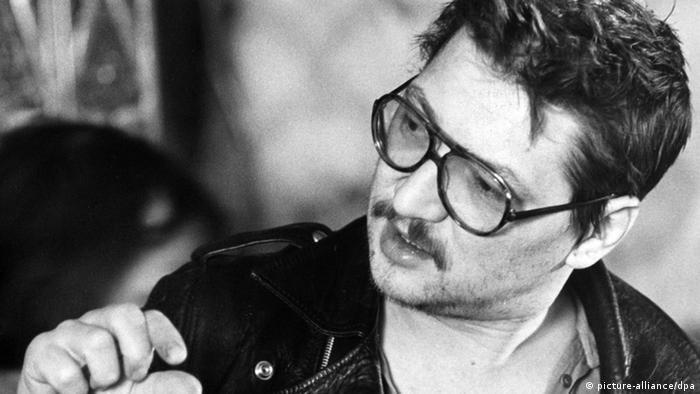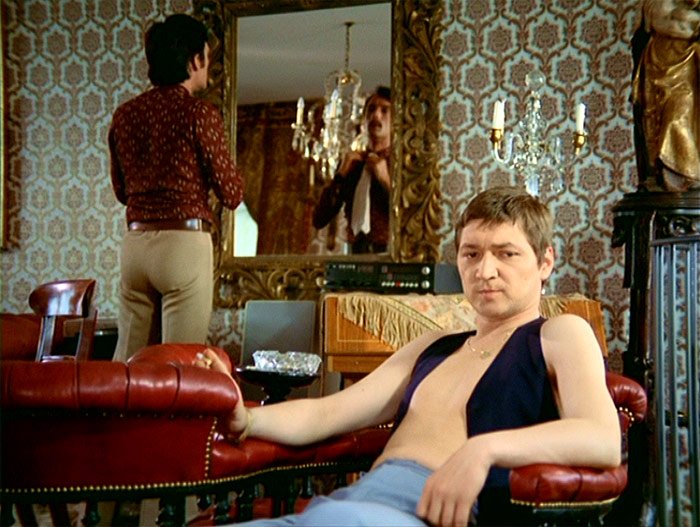Spain's government pushes through basic income guarantee to fight poverty
Issued on: 29/05/2020

Volunteers prepare rations of donated food ahead of a distribution to people in need at the Santa Anna church in Barcelona on May 15, 2020. © Joseph Lago, AFP
Text by:FRANCE 24Follow
The Spanish government approved on Friday the creation of a minimum income worth 462 euros ($514) a month for the poorest, Deputy Prime Minister Pablo Iglesias told a news conference, in a scheme that targets some 2.5 million people
Under the decree approved at a cabinet meeting, the Socialist-led government would pay the monthly stipend and top up existing revenue for people earning less so that they get at least that minimum amount every month, Iglesias told reporters.
The minimum income would increase with the number of family members to a total of up to 1,015 euros per month. The new programme aims to reach 850,000 households or 2.5 million people and would cost the government about 3 billion euros a year.
The plan to install a basic income was a pre-electoral promise, but it was accelerated due to the economic fallout from the coronavirus pandemic.
Spain is one of Europe's hardest hit countries, with more than 27,000 deaths and nearly 238,000 confirmed cases of the virus. It also has one of the highest unemployment rates on the continent.
Close to a million jobs were lost in March alone when the lockdown began and the Bank of Spain has forecast the economy will contract by up to 12% this year.
The Spanish government approved on Friday the creation of a minimum income worth 462 euros ($514) a month for the poorest, Deputy Prime Minister Pablo Iglesias told a news conference, in a scheme that targets some 2.5 million people
Under the decree approved at a cabinet meeting, the Socialist-led government would pay the monthly stipend and top up existing revenue for people earning less so that they get at least that minimum amount every month, Iglesias told reporters.
The minimum income would increase with the number of family members to a total of up to 1,015 euros per month. The new programme aims to reach 850,000 households or 2.5 million people and would cost the government about 3 billion euros a year.
The plan to install a basic income was a pre-electoral promise, but it was accelerated due to the economic fallout from the coronavirus pandemic.
Spain is one of Europe's hardest hit countries, with more than 27,000 deaths and nearly 238,000 confirmed cases of the virus. It also has one of the highest unemployment rates on the continent.
Close to a million jobs were lost in March alone when the lockdown began and the Bank of Spain has forecast the economy will contract by up to 12% this year.

